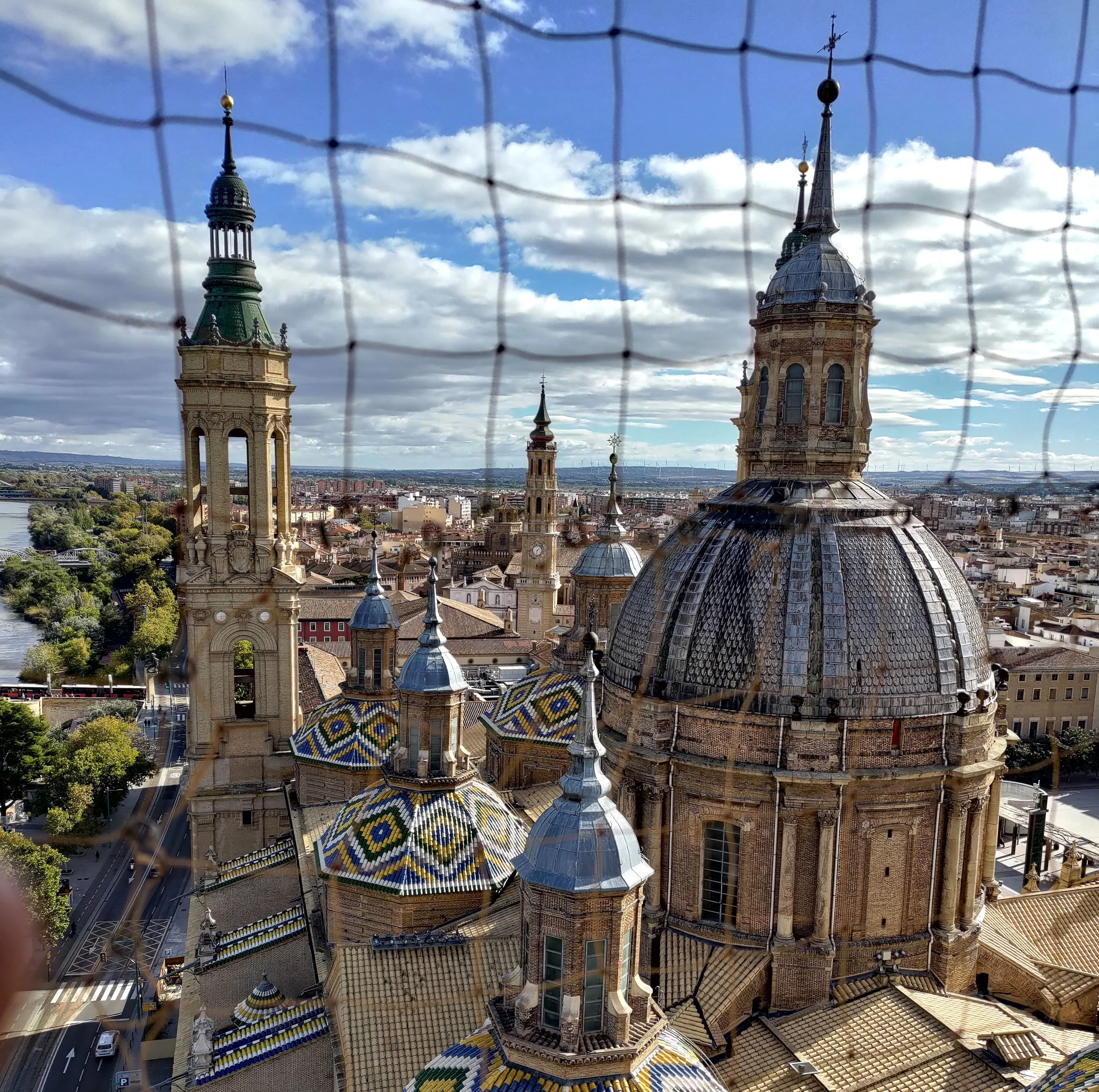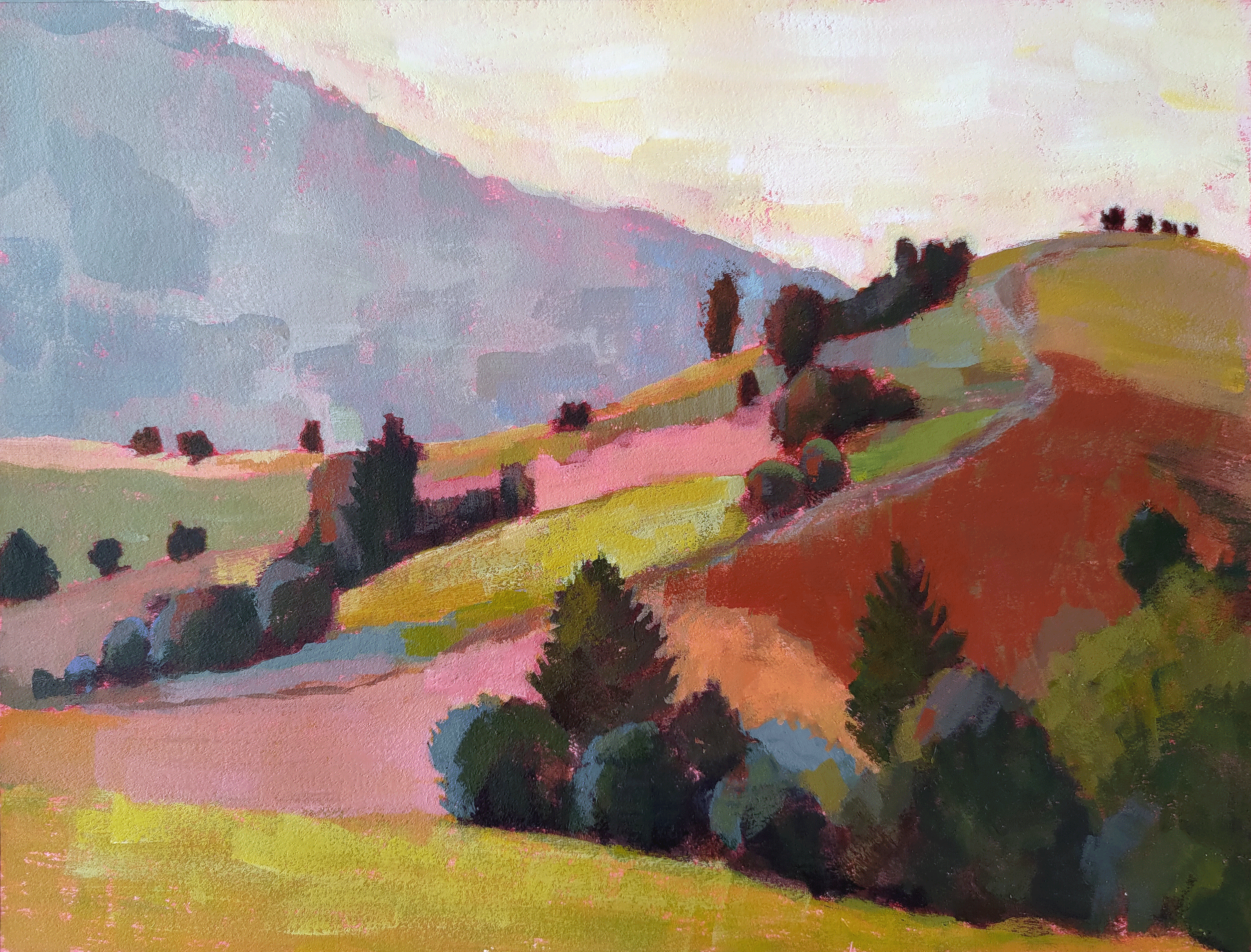I have just finished a year of small writing experiments and you, dear reader, were part of my laboratory. What are small experiments and what can they teach us? My own experiments have been instrumental in helping me incrementally find my way in the world of blog writing.
Read MoreAs I head into this next decade of my life, I am reminded of the powerful physical, mental, and creative benefits of taking the time to invite in everyday moments of awe and wonder.
Read MoreUnderstanding is good medicine. When we know what’s going on we are less stressed, less likely to become mentally fatigued, and better able to make decisions. Our brains are generally good at building the mental maps that support understanding, but it helps immensely if the environment or information itself is organized to make map-making easier. What does this look like?
Read MoreAs my hair has gotten greyer, my instinct toward self-reliance has only gotten stronger. But lately I’ve been contemplating the missed opportunities – for others as well as ourselves – when we fail to recognize the many ways that helping helps.
Read MoreThe ping-pong conversational style of information sharing and anecdote exchange seems to dominate my conversations these days. And while there’s nothing particularly wrong with this, these conversations often leave me wanting more. Is our need to share drowning out our need to be understood and to understand others? Is our default conversational style making us inadvertently miss out on opportunities for deeper connection and growth? How can we literally reframe the conversation?
Read MoreIn any kind of caregiving – whether for plants or our own creative selves – it is the cumulative effects of the environments experienced day in and out that impact us most. Good intentions are fine but having environments that support the creative process is what allows our creativity to blossom. What does creativity need and how can we create an environment that helps meet those needs?
Read MoreUncertainty brings its own kind of mental pain. And the temptation to avoid it – even when it is part of learning and discovery – can be hard to resist. Whether we cling to familiar shores out of a sense of self-preservation, love, or entitlement, we often end up limiting our own opportunities for learning, discovery, and personal growth. How can we change our environments or our own mindsets to support us while we swim in deeper waters?
Read MorePeople are designed to be curious just like greyhounds are designed to run. Both can probably still survive if those natural tendencies are caged, but they are unlikely to flourish. How does curiosity help us be our best selves? What can we do to free our curiosity if we find it has been caged through neglect, complacency, or an inhospitable environment?
Read MoreJust like the pain of hunger is a signal to feed our bodies, the pain of boredom is a signal to feed our brains. Boredom cries out for mental engagement but it doesn’t tell us how or with what. The big businesses of the attention economy are more than happy to provide quick and easy short term boredom balms, but these rarely enrich us. How can we learn to listen to our boredom and reach for something that is more nourishing in the long run?
Read MoreThe pleasurable state of mind between the known and the unknown, between familiarity and exploration, is where creativity flourishes and discoveries are made. How can you cultivate this state of mind and what can it do for you?
Read MoreI create art because I love exploring materials, techniques, and ideas. I create to help make sense of my thoughts and emotions. I create as a way to communicate ideas. These drives are not unique to me. In fact, they reflect fundamental human needs. Being sensitive to these needs can have a profound effect on well-being – whether in our organizations or ourselves.
Read MoreIn a world designed to capture our attention through ever more sophisticated means, perhaps the most revolutionary thing we can do is to decide for ourselves, with intention and care, what to pay attention to and what to ignore. A rational inattention approach can help us do just that.
Read MoreWhen you can’t think yourself out of a problem, it’s time to act. But taking action doesn’t mean that the action has to be big or even that you have to be particularly sure about it. In fact, often the best actions are small experimental ones. This small experiment approach is what I’ve been using to try and break through my creative block.
Read MoreMy brain is so overloaded these days that it’s affecting my creative work. It’s time for a mental spring cleaning! Over the past week, I’ve been using the KonMari method to tidy up my mind and close out the open cognitive loops of mental clutter.
Read MoreLike Jello and cement, once our minds are set they are hard to change. This has certainly been true of my “paint scarcity” mindset in the studio. One alternative to trying to think ourselves into a new mindset is to look to the environment for help. This is just what I did when I set out to shift my paint scarcity mindset by creating a micro-environment of abundance.
Read MoreEnvironment matters. It’s easier to get daily exercise in a city that is designed for walking than one that is designed for driving. It’s easier to eat a healthy diet if that is what’s on the menu. And it’s easier to learn a language in a city that immerses you. Unfortunately, that is not Barcelona. In my ongoing effort to tip to Spanish fluency, I find myself wondering if I can tweak my environment in order to offload some of the learning burden from my own waning willpower.
Read MoreArtists communicate not just through art but also about art. We talk about our work. We teach. We care about helping people understand. And yet in our excitement to share everything we know, it is all too easy to share too much. To think about content but not form. And so, like so many well-intentioned communicators, we end up overwhelming or boring our audience. We can do better.
Read MoreWhen it comes to planning, why do we tend to overestimate our abilities and underestimate time and costs? This year, I’m coupling my annual art practice planning with a “premortem” technique. Read on to learn more about cognitive biases, premortems, and my own Christmas Carol inspired process.
Read MoreI’m feeling grateful and pleased that my painting, Head On Again, recently won first place at the 2024 Cold Wax International Juried Exhibition. Grateful, pleased and … lucky. What does luck have to do with it?
Read MoreI fell into a period of creative hibernation after my brother Jim passed away suddenly in November. I was not expecting grief to take such a toll on my creative drive and ability. One thing that has helped is studio time that is free from intention and instead focused on simply enjoying the suspended moment of the present.
Read More
















